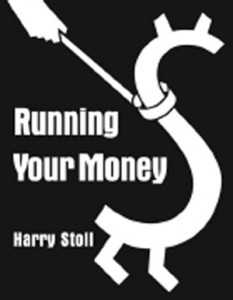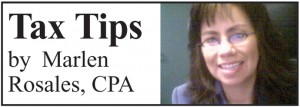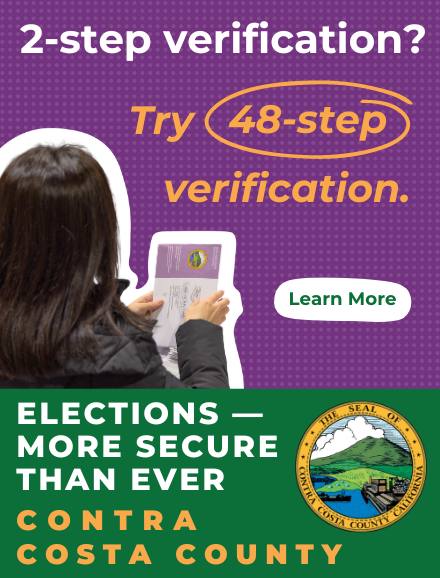Running Your Money: Protecting your privacy – sort of
Thursday, August 27th, 2015About once a year, you’re no doubt receiving a missive from credit card companies informing you of what they do with your private information. This includes when you open an account or make deposits or withdrawals; pay your bills or apply for a loan; or use your credit or debit card. It also collects personal information for others such as credit bureaus, affiliates, or other companies.
I certainly have no quarrel with my credit card company, or loan holder getting such data; they are laying their money on the line and it’s good business to know what I’m up to.
But sharing information goes further. There are seven categories of private information and you can limit the sharing of only three categories. Here are the categories and what you can limit:
-For their everyday business purposes such as to process transactions, maintain your account, respond to court orders and legal investigations, or report to credit bureaus. You cannot limit this sharing.
– For their marketing purposes to offer deals to you. You cannot limit this sharing.
– For joint marketing with other financial companies. You cannot limit this sharing.
– For their affiliates everyday business purposes. (An affiliate is an entity owned or controlled by the financial institution.) You cannot limit this sharing.
– For their affiliates’ eveyrday business purposes—information about your credit worthiness. Ta da! You can limit this sharing.
– For their affiliates to market to you. You can limit ths sharing.
– For their non-affiliates to market to you. You can limit this sharing.
I don’t mind my bank or credit company marketing to me. Mostly I hit the delete button, but occasionally they offer something I can use, such as a bonus for opening an account or using my card a bunch of times.
From childhood, we’ve been taught that it’s nice to share. But we’re (hopefully) all grown up now and should be able to decide with whom to share.
These categories were last laid out in the Financial Services Modernization Act of 1999. It was enacted to thwart wholesale sharing of information, including sale of personal information to porn sites and to dodgy financial institutions offering high risk investments to low risk clients. The last time credit card reforms were enacted by the Federal government was in 2009, known informally as the Credit Card Holder’s Bill of Rights. It did not change the sharing of information rules.
So we have but three categories we can limit, but I urge you to limit what you can (assuming that’s’ what you want.) Formerly, financial institutions made it somewhat difficult to limit by requiring you to call an 800 number and work your way through the maze or to stamp and address an envelope. Now, they usually include a postage paid envelope.
We Californians can limit the sharing of personal and financial information with affiliates and outside companies the financial institution does business. That’s a step beyond.
























